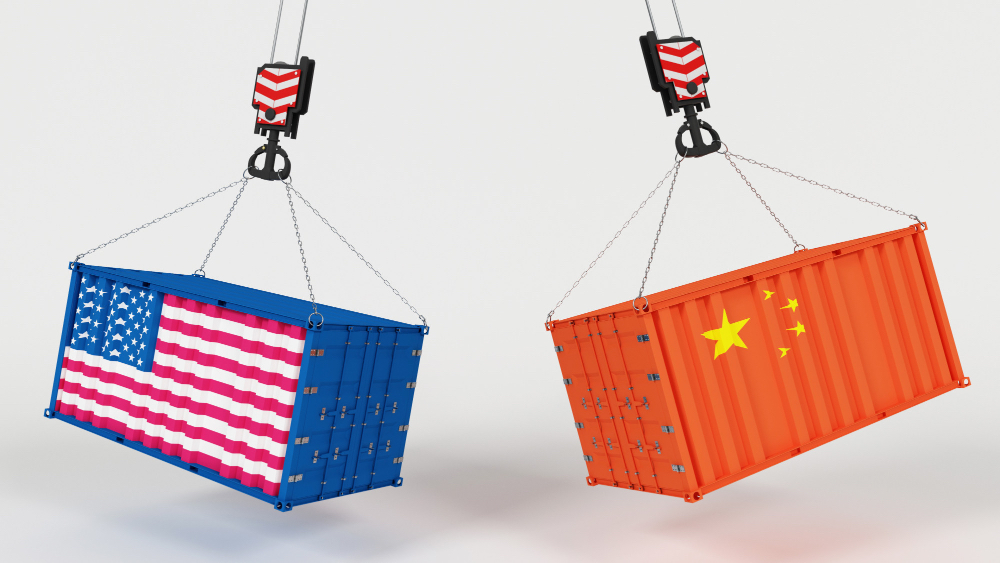SWITZERLAND: In an occasional display of collaboration, the United States and China resurfaced from a weekend of closed-door trade sessions in Switzerland with indications of a breakthrough. According to the latest BBC report, US Treasury Secretary Scott Bessent labelled the discussions as “productive and constructive”, while China’s Vice Premier He Lifeng called them “in-depth” and “candid”. Nonetheless, no explicit terms have been confirmed, but both sides said an in-depth joint statement can be expected on Monday.
This was the first head-on discussion since President Trump imposed large-scale 145% tariffs on Chinese imports in January, a move that Beijing summarily reacted to with its own 125% duties on US products. The reciprocal increases shook global markets and intensified worries of a worldwide slump.
Markets react positively amid hints of de-escalation
Investors enthusiastically responded to the news of a possible breakthrough. The Shanghai Composite Index increased by 0.4%, while Hong Kong’s Hang Seng scaled approximately 0.7%. The US stock investments were also expected to rise, signalling Wall Street’s eagerness for a more stable trade atmosphere. The yuan strengthened against the dollar, further signifying market certainty and confidence.
While President Trump denoted the dialogues as a “total reset” of US-China relations, trade specialists gave more restrained explanations. Frank Lavin, an ex-US Commerce Department officer, proposed that tariff decreases might be a portion of the agreement; however, they would likely continue “way above historical norms.”
Scepticism remains over long-term resolutions
Nevertheless, not all onlookers are persuaded that the weekend’s discussions mark a decisive moment. Deborah Elms of the Hinrich Foundation warned that while metaphorical arrangements could be arrived at, “an agreement to keep talking” is the most truthful consequence at the moment. The World Trade Organization’s Ngozi Okonjo-Iweala hit a more hopeful tenor, labelling the negotiations “a significant step forward” and advising both nations to “restore predictability” in international trade.
The US trade representative, Jamieson Greer, said the exploratory arrangement could help reduce the country’s overwhelming US$1.2 trillion trade deficit with China. In the meantime, Chinese officials underscored that the progress made was essential to mutual ties and vital to international economic stability.
Tariffs still cast long shadows on global trade
Notwithstanding this weekend’s political development, the harm inflicted from months of trade conflict continues to resonate. China’s exporters, such as electronics company Sorbo Technology, report grave losses, with unsold products piling up. In the US, gross domestic product (GDP) contracted by 0.3% in the first quarter as industries struggled to import goods before impending tariffs.
President Trump has displayed no indications of accepting defeat from bigger protectionist guidelines. On “Liberation Day,” he levied a worldwide baseline tariff on all imports, aiming for countries like China and the EU with even higher tariffs. US steel, aluminium, and car imports were hit with an added 25% burden, even though a distinct agreement with the UK will see car tariffs split to 10% for partial volumes.
As both countries guardedly peddle progress, the worldwide economy carefully observes. Monday’s upcoming joint statement could determine whether this weekend marks the beginning of a resolution or just another hiatus in an extended trade war.

